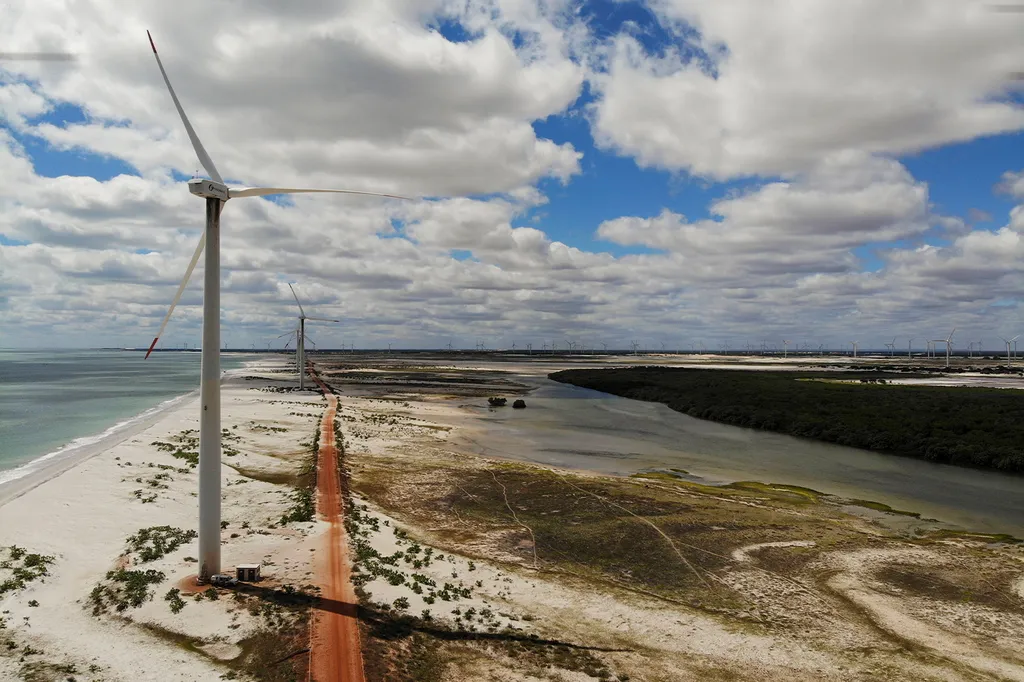Researchers from the University of São Paulo, Brazil, have developed a machine-learning solution to improve fault location accuracy in onshore wind farm collector networks. The team, led by A. J. Alves Junior and including M. J. B. B. Davi, R. A. S. Fernandes, M. Oleskovicz, and D. V. Coury, addressed the challenges posed by the increasing integration of inverter-based resources, which alter current and voltage behavior during faults. Their work introduces a novel approach that enhances traditional phasor-based diagnostic methods, significantly improving the reliability and speed of fault detection and restoration in wind farms.
The researchers developed an advanced machine-learning solution that incorporates a correction model driven by a Gated Residual Network (GRN). This model is designed to minimize residual fault location errors by refining a deterministic fault distance estimator. The team employed comprehensive feature engineering and selection processes to create an improved predictor, which was trained on a diverse set of fault scenarios simulated in a PSCAD-based real-world wind farm model. These scenarios included variations in fault type, resistance, location, inception angle, and generation penetration, ensuring the model’s robustness and adaptability.
To optimize the performance of the machine-learning model, the researchers utilized the Optuna framework for hyperparameter optimization. This process involved fine-tuning the model’s parameters to achieve the best possible accuracy and reliability. The robustness of the method was statistically validated, ensuring its effectiveness in real-world applications. The results of the study demonstrated a significant improvement in fault location accuracy, with a 76% overall decrease in fault location error compared to state-of-the-art approaches.
The proposed method not only enhances the accuracy of fault location but also shows strong scalability and adaptability to topological and operational changes. This makes it a valuable tool for modern power systems, particularly in the context of onshore wind farms. By leveraging data-driven techniques, the researchers have advanced the deployment of fault location frameworks, paving the way for more reliable and efficient wind farm operations.
The implications of this research extend beyond the immediate application in wind farms. The machine-learning solution developed by the team from the University of São Paulo can be adapted to other power systems, providing a robust and scalable approach to fault location. This innovation is crucial for the operational reliability and fast restoration of power systems, ensuring minimal downtime and maximizing efficiency. As the integration of renewable energy sources continues to grow, such advancements will be essential for maintaining the stability and reliability of the power grid. Read the original research paper here.

